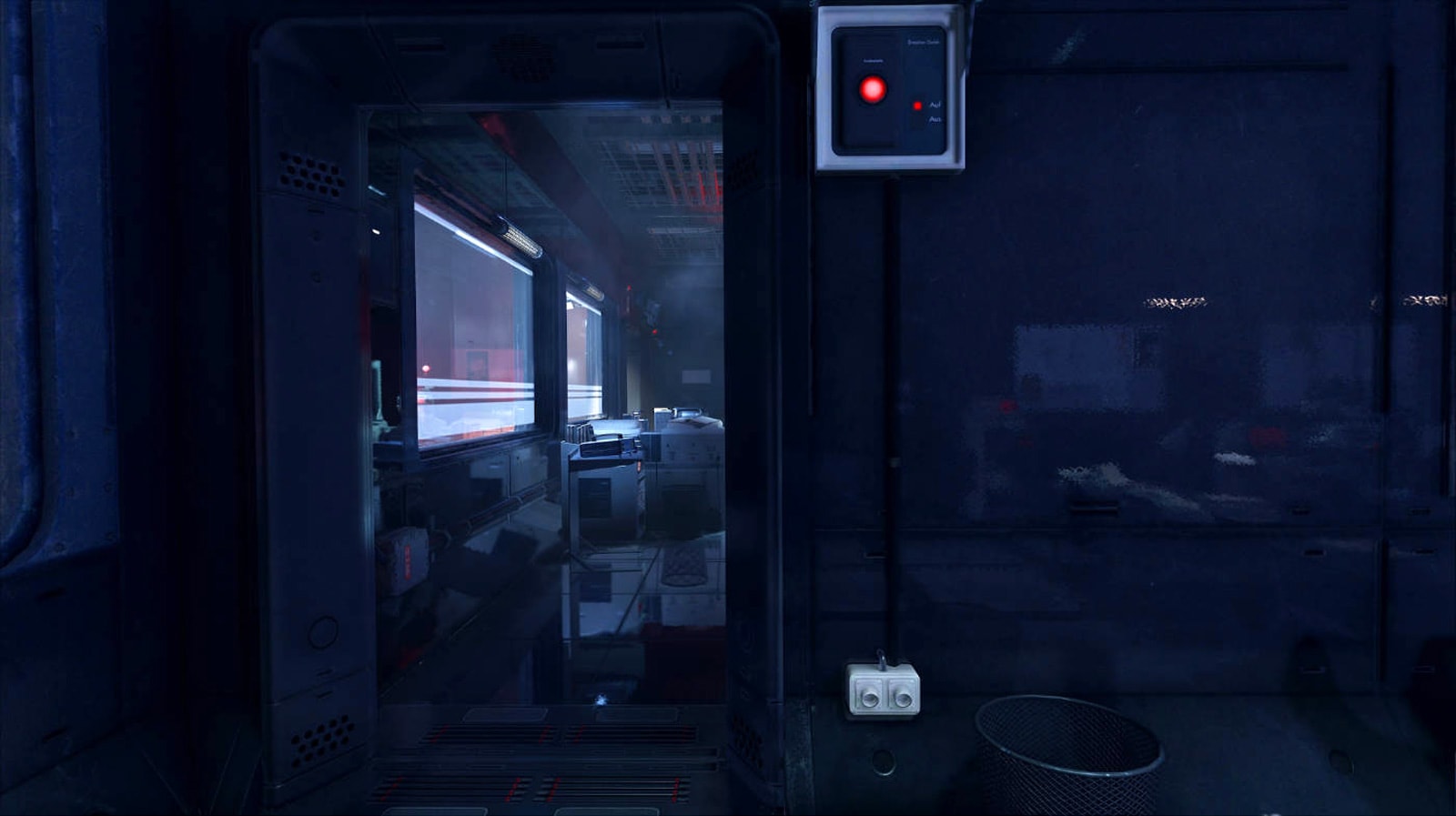
It's been a while since ARM announced its next generation of Mali GPUs, the T604 and T658, but in the semiconductor business silence should never be confused with inactivity. Behind the scenes, the chip designers have been working with Khronos -- that great keeper of open standards -- to ensure the new graphics processors are fully compliant with OpenCL and are therefore able to use their silicon for general compute tasks (AR, photo manipulation, video rendering etc.) as well as for producing pretty visuals.
Importantly, ARM isn't settling for the Embedded Profile version of OpenCL that has been "relaxed" for mobile devices, but is instead aiming for the same Full Profile OpenCL 1.1 found in compliant laptop and desktop GPUs. A tall order for a low-power processor, perhaps, but we have a strong feeling that Khronos's certification is just a formality at this point, and that today's news is a harbinger of real, commercial T6xx-powered devices coming before the end of the year. Even the souped-up Mali 400 in the European Galaxy S III can only reign for so long.
Continue reading ARM claims new GPU has desktop-class brains, requests OpenCL certificate to prove it
Filed under: Cellphones, Tablet PCs
ARM claims new GPU has desktop-class brains, requests OpenCL certificate to prove it originally appeared on Engadget on Thu, 02 Aug 2012 14:56:00 EDT. Please see our terms for use of feeds.
Permalink | |
Email this |
Comments
 You haven't seen much ray tracing in games due in part to the limited frameworks for it. Outside of Microsoft's DirectX, creators have usually had to lean on proprietary approaches. Soon, though, it might be relatively ubiquitous. The Khronos Group...
You haven't seen much ray tracing in games due in part to the limited frameworks for it. Outside of Microsoft's DirectX, creators have usually had to lean on proprietary approaches. Soon, though, it might be relatively ubiquitous. The Khronos Group...
 You haven't seen much ray tracing in games due in part to the limited frameworks for it. Outside of Microsoft's DirectX, creators have usually had to lean on proprietary approaches. Soon, though, it might be relatively ubiquitous. The Khronos Group...
You haven't seen much ray tracing in games due in part to the limited frameworks for it. Outside of Microsoft's DirectX, creators have usually had to lean on proprietary approaches. Soon, though, it might be relatively ubiquitous. The Khronos Group...




